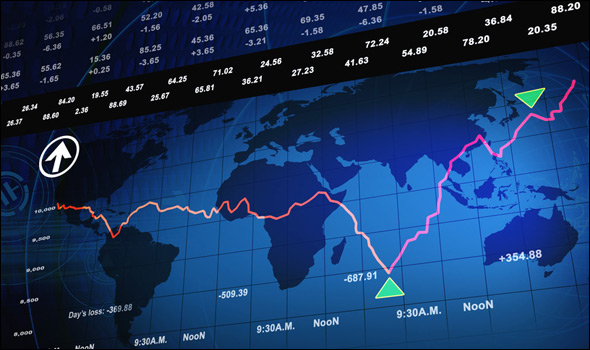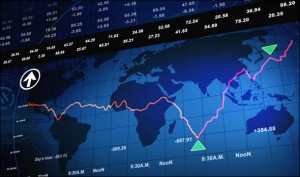In essence, every market has the same function, i.e, providing an interface for the buying & selling of products. The financial markets are no different, involving the buying and selling of financial products. There are three categories of products traded in the financial markets. They are- Capital, Foreign currencies and Risk.
- Demand & Supply of Capital-
Let us first take a closer look at the demand of capital. The possible capital demand sources are operational liabilities such as wages and taxes, the need to repay debts, to make investments for producing goods and services. Also, consumers borrow to buy houses, other products or to bridge a period when they don’t have any income. It can be expected from the corporations or consumers to need capital. Further, most governments with large budget deficits need to be financed. So, they form the sources of capital demand.
Now, the obvious question arises that who supplies the capital & why. Capital is supplied to enable future payments, investment and consumption. Most corporations and consumers supply direct capital by savings. However, the main capital suppliers are institutional investors namely, pension funds and insurance companies. Supply and demand meet each other directly on the financial markets or indirectly by using financial intermediates such as banks.
- Demand & Supply of Foreign Currency-
Foreign currencies or Forex, are the currencies used in other countries. Possible sources of forex transactions can be payments & receipts from international investments or borrowing and lending. Suppose that the US government needs to borrow money to cover a project deficit. A potential investment can be a European pension fund. Pension fund first needs to buy the US Dollars to be able to lend the dollars to the US government. Another and a major forex source is international trade, which involves import and export of goods and services. For instance, a producer has produced cheese in Europe and has to sell it to an American consumer. Both parties have agreed that cheese delivery and payment will occur one month from today. This creates a personal problem for the cheese producer. If the Dollar decreases in value during the coming month, the European producer can buy less Euros for selling the received Dollars. On the other hand, the effect can also be positive for the producer, if the Dollar increases in value. So, the producer is exposed to the exchange rate fluctuations of the Euro versus the Dollar.
- Demand & Supply of Risk-
Participants of the financial markets-corporations, governments & financial institutions such as pension funds and insurance companies are confronted with financial risks, caused by changes in interest rates, share prices, foreign exchange rates and credit status.
The management of risks is driven by two emotions, fear and greed. Fear motivates to sell the risk, known as hedging. On the other hand, greed motivates to buy risks in the search of higher yield for investment. Risk managers make assessment of risk exposures. To manage risk exposures, there’s a specific product type, called derivatives. Futures can be used buy and sell the financial products in the future at a specific price. Swaps can enable financial market participants to change the interest specifications of loans & deposits. To manage default risk, there’s a relatively new derivative called credit default swaps. The introduction of options created a new universe. They make it possible to design a specific risk profile.
Click here for government certification in Accounting, Banking & Finance





4 Comments. Leave new
Good effort!
Good work!
Good article!
Good article..